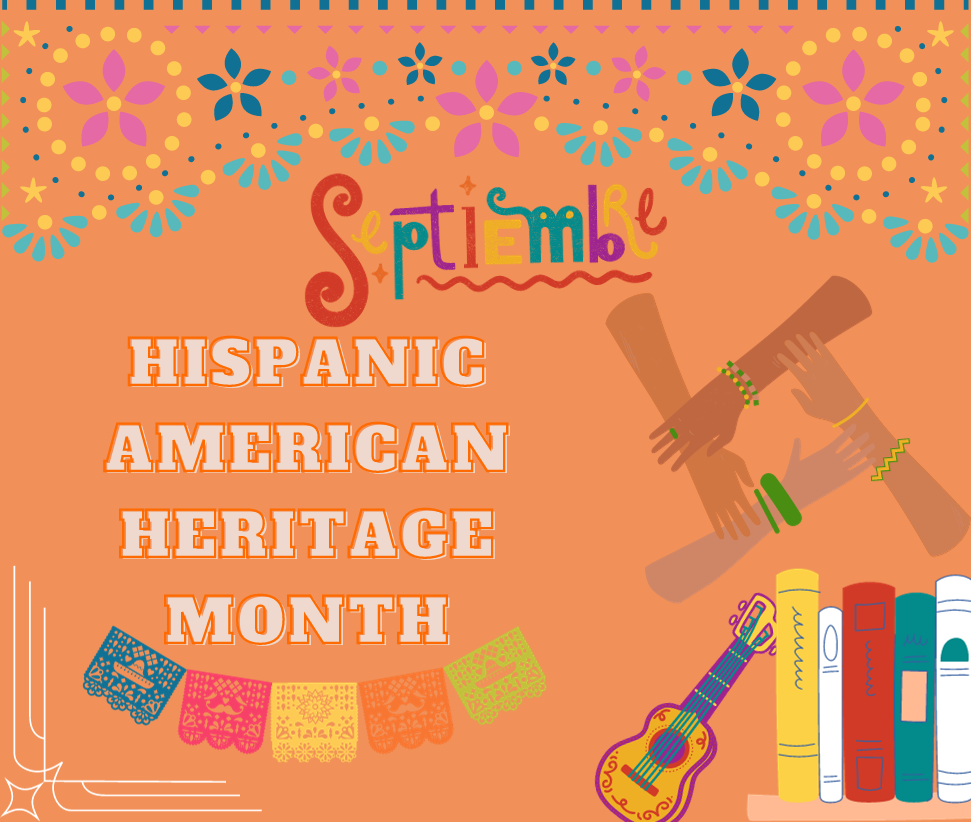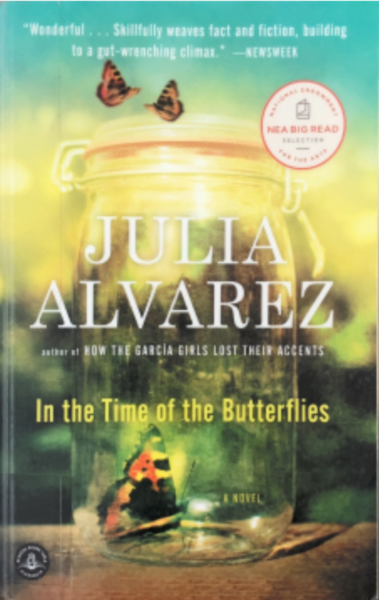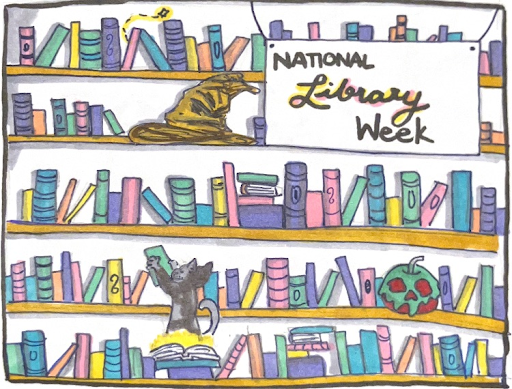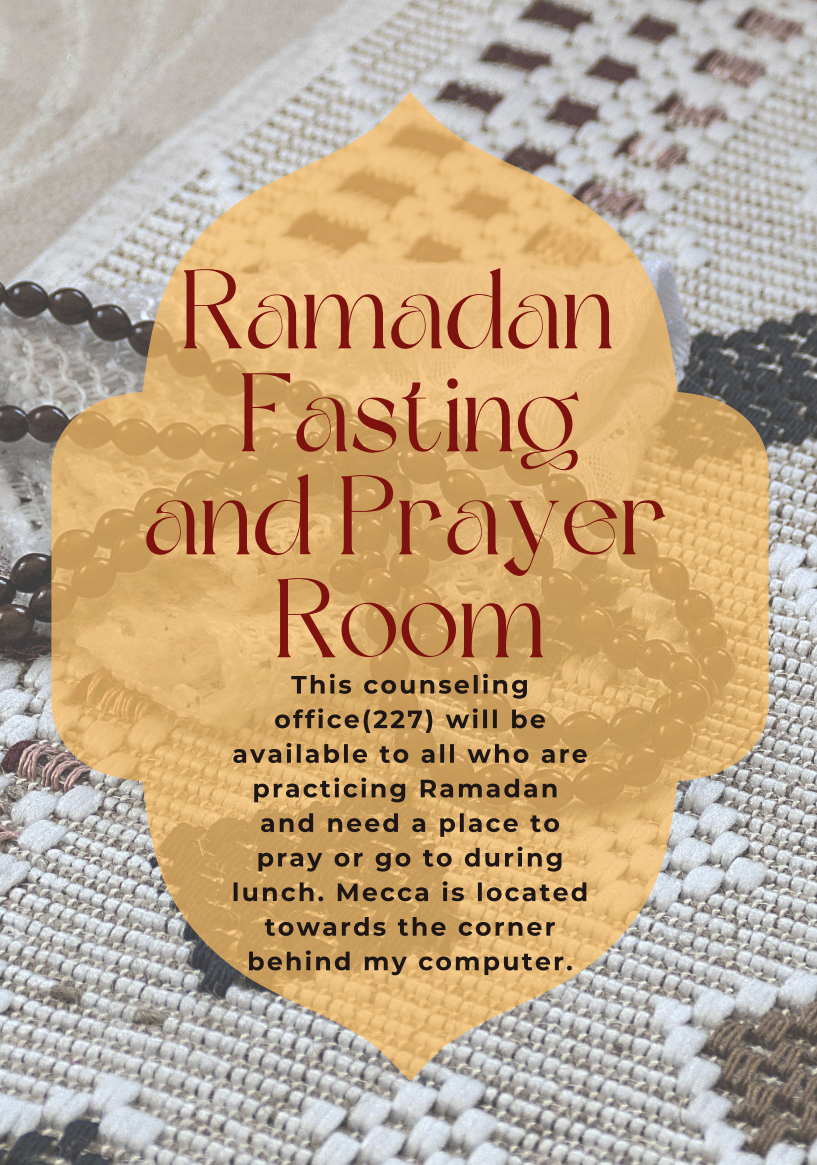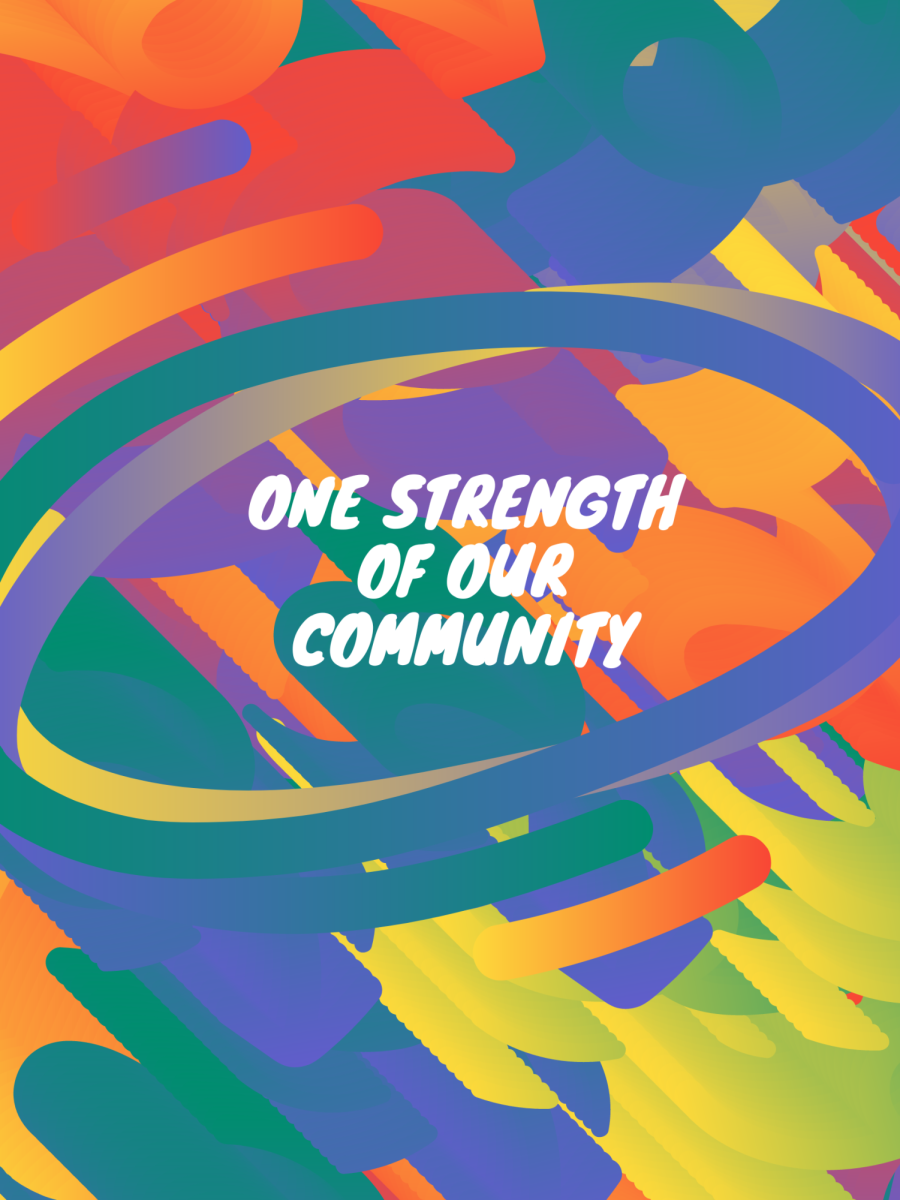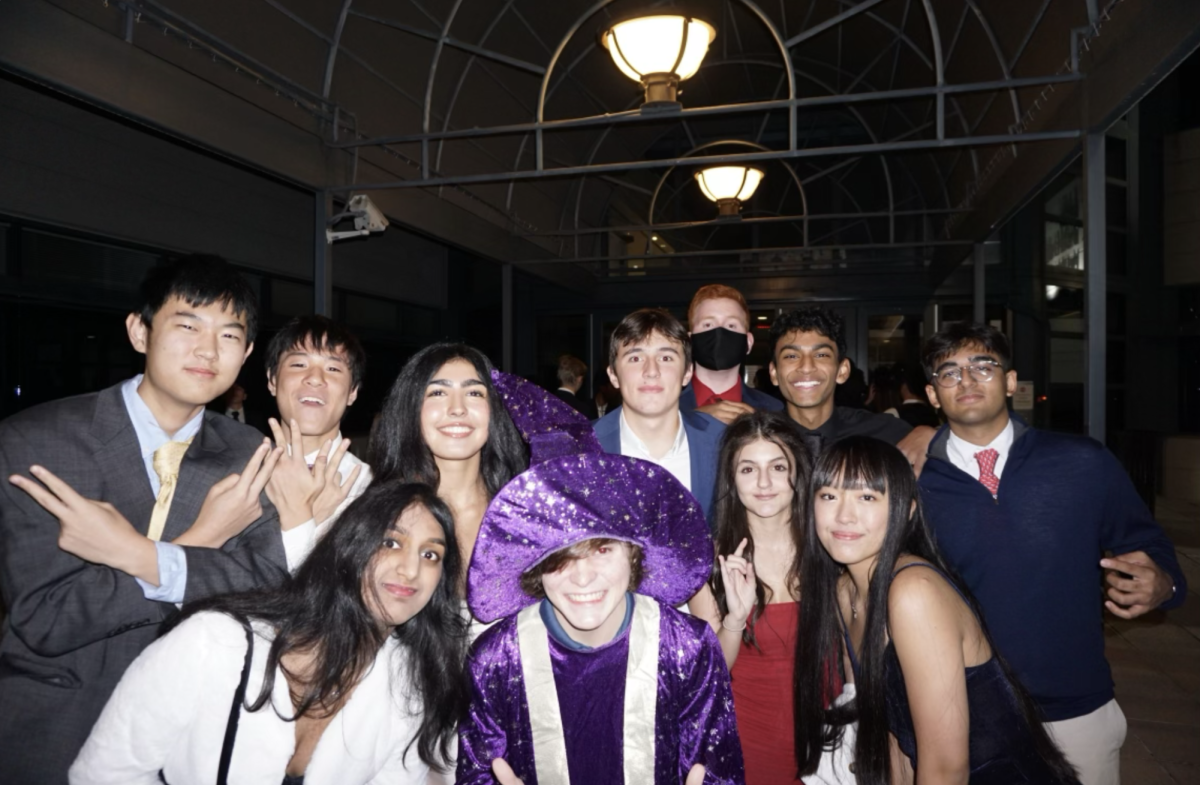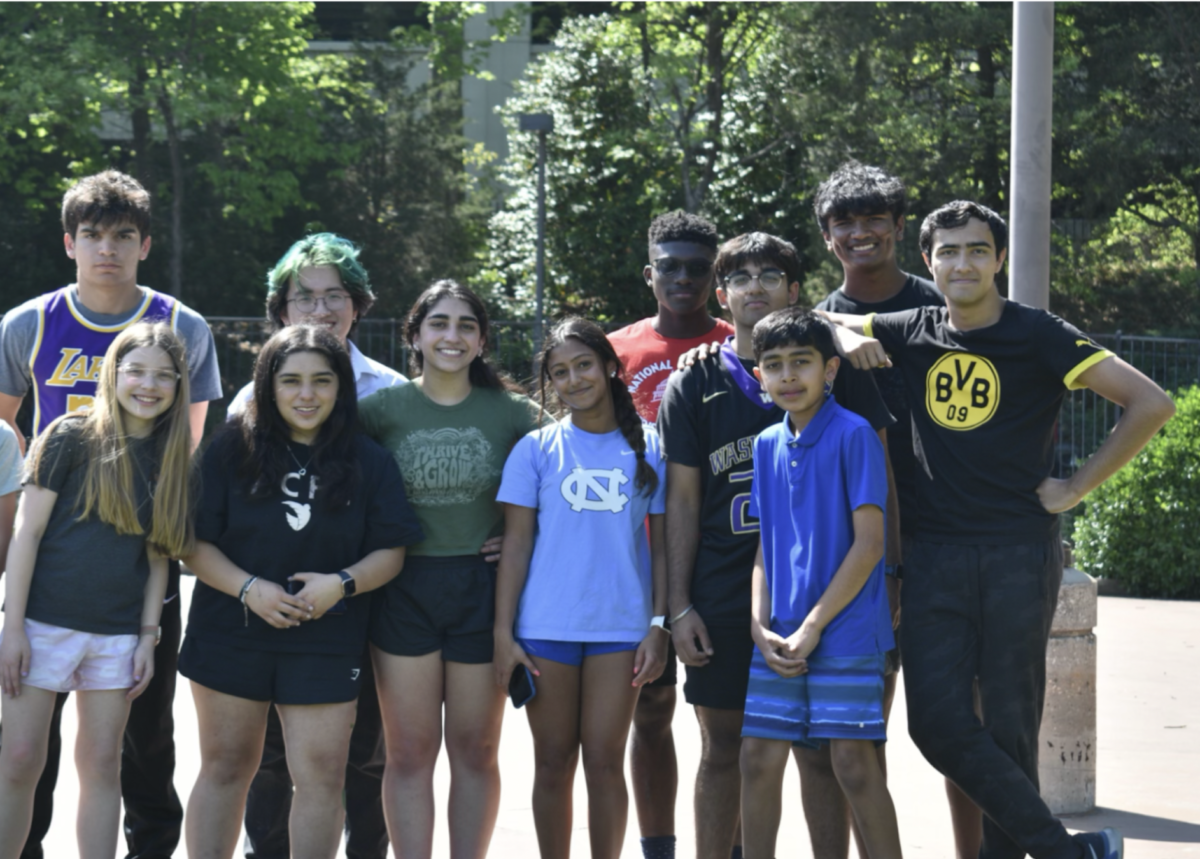Editorial Note: The works selected for this piece represent the columnist’s choices from her own reading experiences.
Happy National Hispanic American Heritage Month! September 15th marked the beginning of the United States’ month-long celebration of Americans whose ancestry goes back to Mexico, the Caribbean, or Central and South America. Here are a number of books written by Hispanic American authors to help you celebrate! These books draw from an array of cultures, incorporating classic styles like magical realism and the philosophical short story, influenced by beloved twentieth-century artists and pulling from mythology originating in Mexico, Colombia, Chile, and more. From soaring witches, mythical islands, and the famed La Llorona, to sweeping, horrifying tales about resistance under Rafael Leonidas Trujillo’s dictatorship, this list has something for everyone.
Please note that not all of the books on this list may be appropriate for every age group. Books that contain mature themes that may be best suited for high school readers are denoted with an asterisk (*) next to the title.
![]()
 |
Woman Hollering Creek (1991)*From Sandra Cisneros, the beloved, highly acclaimed author of House on Mango Street, this collection of vibrant short stories is both endearing and haunting. The book is divided into three distinct sections, each representing a different stage in life. Cisneros tells the stories of women scattered across the Mexican-American border, from eleven year olds playing with paper dolls and jujube boxes, to young mothers driven to madness and haunting legends come to life. Each story carries a distinct style representative of their characters, from the vibrant, imagery-filled descriptions of little girls writing in halting English to the resentful thoughts of a woman slighted at every turn. |
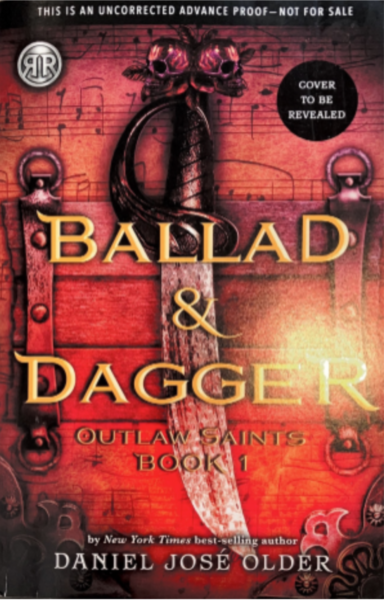 |
Ballad and Dagger (2023)In the newest series under the best-selling “Rick Riordan Presents” umbrella, Danial José Older takes us on a whirlwind trip through the eyes of sixteen-year-old Mateo Matisse, a survivor of the disaster that sank his mythical island home, San Madrigal. After a shocking killing rattles the Jewish Cuban diaspora community that founded San Madrigal centuries ago, Mateo embarks on a journey filled with the dark, sweeping magical legends infused with mythology we’ve come to expect from the vibrant “Rick Riordan Presents” fantasy series. |
|
|
In The Time of Butterflies (1994)*In this 1994 novel, Julia Alvarez, author of How The Garcia Girls Lost Their Accents, introduces us to “Las Mariposas,” a group of four sisters whose detailed accounts, sprawled across the decades, tell a horrifying yet powerful story about life in the Republic under the authoritarian rule of General Trujillo. With faint elements of magical realism incorporated throughout, Alvarez tells a violently real story about the everyday horrors and the real cost of political upheaval and the mistakes of those in power. |
|
|
Martita, I Remember You (2021)In Sandra Cisneros’ most recent novel, we are introduced to the story of Corina, a young Mexican woman whose unreachable dreams of becoming a writer in Paris are immortalized through letters rediscovered years later. Through the letters, Corina’s days in Paris are revived, along with the vibrant friendships she formed with Martita and Paola, women who she hasn’t had contact with in years. Cisneros’ character-driven writing style shines through in the letters, which highlight Corina’s relationships with an intensity that time can never dim. |
 |
How The Garcia Girls Lost Their Accents (1991)In her debut novel, Julia Alvarez draws on her personal life experiences as a child of Dominican political refugees to tell the story of the fictional Garcia girls who flee the authoritarian rule of General Trujillo after their father’s political leanings land their family in danger. Alvarez tells the stories of the sisters’ evolving lives through a series of short stories stitched together to tell a cohesive narrative about coming of age in a world changing around you. |
![]()
 |
Once I Was You: A Memoir (2020)*In Once I Was You: A Memoir, Mexican-American journalist Maria Hinojosa translates her narrative writing skills from a long career in journalism into a captivating autobiography that details both her personal experience immigrating to the United States as a child as well as the horrors she’s witnessed while covering the border crisis under Donald Trump’s presidency. She tells her story with fierce protectiveness and empathy towards children growing up in situations much like her own, interweaving their stories with her own to paint a portrait of immigration across the decades. |
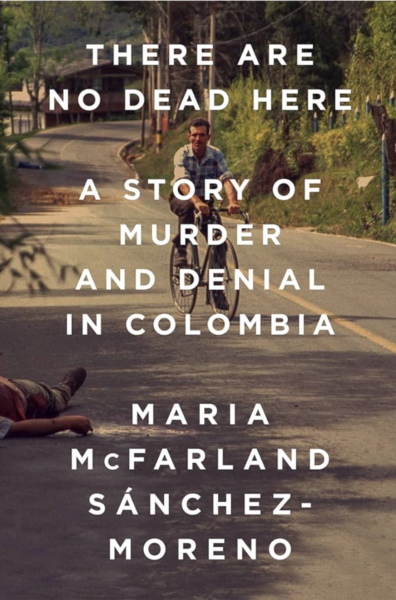 |
There Are No Dead Here: A Story of Murder and Denial In Colombia (2018)*With a title drawn from a quote in Gabriel Garcia Marquez’s Cien Años De Soledad, Maria Sanchez-Moreno’s debut book, There Are No Dead Here, tells the true story of the journalist, the investigator, and the detective that worked for years to expose the realities of the far-right paramilitaries. Based on experience from Sanchez-Moreno’s time working for the Colombian Human Rights Watch, the book aims to deal with uncomfortable truths and shed light on tragedies that have been swept under the rug for years. |
 |
Cuba: An American History (2021)In her Pulitzer Prize-winning debut, Cuba: An American History, Ada Ferrer details the complicated history of Cuba’s entanglement with the United States in an intriguing narrative spanning centuries. Despite its small geographic size and relative insignificance on the global stage, for much of Cuba’s history, its government and social issues have been shaped by U.S. and European meddling in its domestic affairs. In her detailed historical account, Ferrer aims to explain Cuba’s complex relationship with the United States in a narrative that focuses not just on the history of power and monarchs, but on telling “a history of the life of the people”. |
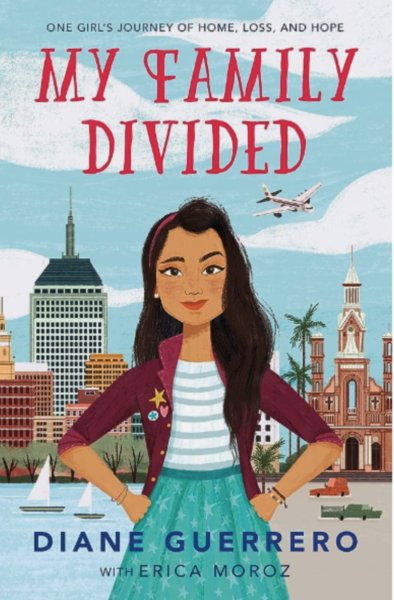 |
My Family Divided: One Girls’ Journey of Home, Loss and HopeIn her first autobiography for children, Diane Guerrero, actress and immigration activist, tells the story of her childhood growing up in Boston, dreaming of attending art school, and becoming an actress. Her story is vibrant and upbeat, telling the story of lively childhood friendships and her love of the performing arts. However, throughout it all, the very real threat of deportation looms over Guerrero’s head. |

